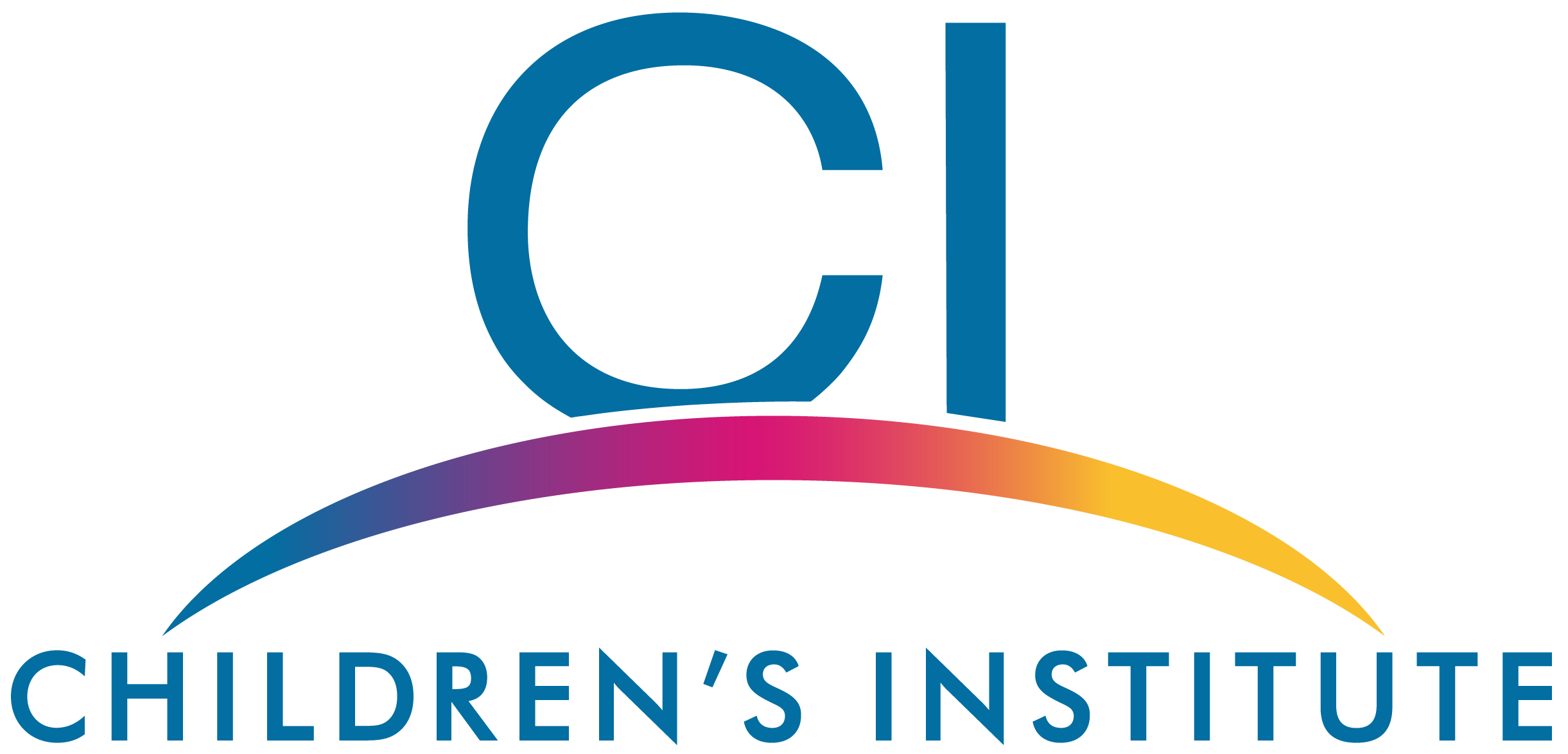Everything You Need to Know, You Learned In...
07 Jan 2019
By Christine Merle
Early Childhood Strategies that Work with Every Age Group
As an educator who has the opportunity to visit classrooms across a wide variety of ages, I am amazed at how many of early childhood strategies translate easily to settings with older children. Think about the following social and emotional skills and ask yourself if you can see their value – even when working with other adults!
- Good eye contact – when used properly, it can help strengthen relationships, modify behavior, and even transmit empathy. Early childhood educators actually kneel, squat, and stoop in order to be at eye level with their kids, as well as initiating eye contact. How much more effective would conversations be at every age level if we made that attempt? Greeting students at the door with their name and good eye contact sets the stage for positive interactions to follow.
- Labeling emotions – “How are you feeling right now?” This one question can open up so many conversations when asked with the intention of really listening to the answer and helping someone identify their feelings, learn how to act upon them appropriately, and emphasize that they have been heard. A pre-K teacher may use pictures or dolls to begin the process, but adults working with older children use different tools like word walls to help kids identify the nuances of their feelings, and how to control and react responsibly.
- Proximity – are you within arm’s reach of every child at multiple points throughout a session? Pre K educators are always mixing with their students – on the floor, at their tables, in their “work” centers, etc. That physical closeness does more than just modify behavior; it creates cohesion and promotes relationship-building. It allows older children to feel that you are traveling this journey WITH them, instead of doing something TO them.
Hopefully you can come up with many more strategies that can be used across age levels – conflict resolution, student choice, use of “I” statements, etc. Take some time to revisit what “best practice” strategies are, and remind yourself of why they are “best practice,” for everyone!
